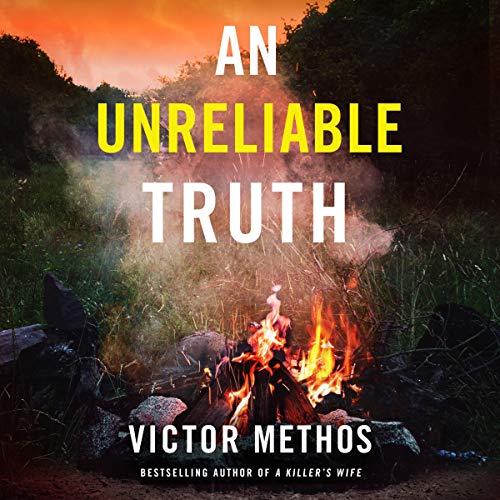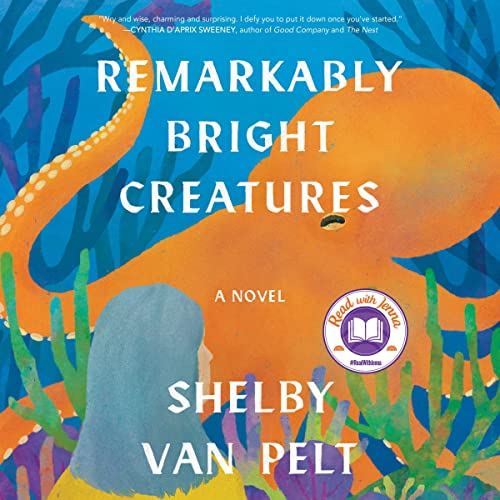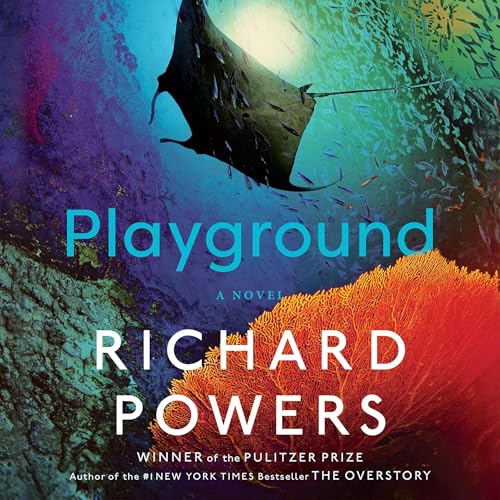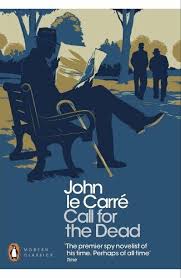Hi all, I’ve been gone for awhile because I was, and still am, very sick. But I feel a whole lot better the. last couple of weeks and I want to continue the blog because, as I planned when I started, even if no one else reads the darned thing, it helps me remember what I’ve read.
So … I’ve made a longhand list of the books, authors and my rating but there are no “reviews, only a rating and maybe a word or two. If here is a book I read via any means other than audio I’ll n note that.
(The books are mixed up so I’ll just say that my ratings are 1-10 for fiction and nonfiction with A-F for mysteries/crime and sci-fi. I don’t read romance if I can help it. The entries with a couple of asterisks are vert briefly reviewed – for not – maybe not so much later. W
There are a lot of books so this might take me awhile. I’ve
NIGHTSHADE
by Michael Connelley
Excellent start for a new series with Detective Stillwell being transferred to Catalina Island where there is not a whole lot of nefarious activity.
Crime procedural crime, A-
MURDER IN CHELSEA
by Victoria Thompson
Gaslight Murders #15
crime – historical cozy
Imo, these are some of the best “cozy” mysteries because there is little or no romance in them. There is one ongoing relationship between two widowed people who are in their early 30s(?), but the focus of the story sticks to New York City circa 1900 and solving the murder at hand. Each book focus on a different section of New York. The history tends toward accuracy and details. (Sad to say, the author died before she could finish the series but I’ll certainly finish what she did!)
CHERRINGHAM
by Matthew Costello & Neil Richards
Cherringham series #s 1-3
Rating: C – Very cosy with romance
EVAN HELP US
by Rhys Bowen
#2 in Constable Evan Evans series
Populare mystery writer – a bit too Ormandy for me
Rating: C – / cozy mystery with romantice overtones
SECRET WITNESS
by Victor Methos
Shepherd and Grey series #1
Rating: A – legal thriller
THE SILENT WATCHER
by Victor Methos
Vegas Shadows series #1
Rating: B / legal thriller
THE CRASH
by Frieda McFadden
stand-alone
C mystery/Crime
TAKING MANHATTAN:
THE EXTRAORDINARY EVENTS THAT CREATED NEW YORK AND SHAPED AMERICA
by Russell Shorto
Rating: 9.5 / US History
** Shorto is magnificent – I knew Manhattan was first colonized by Netherlands and New York called New Amsterdam but I didn’t know much else. This book shows howNew Netherlands and New Amsterdam became New York State (loosely) and New York City a renowned international port and the naval captains who made it so.
THE HAVES AND THE HAVE YACHTS
by Evan Osmos
a series of very related essays, pointed but often kind of funny
Rating: 8 / general nonfiction
MURDER ON MURRAY HILL
by Victoria Thompson
Gaslight Murders #1
Another good one!
Rating A / historical cozy
–














